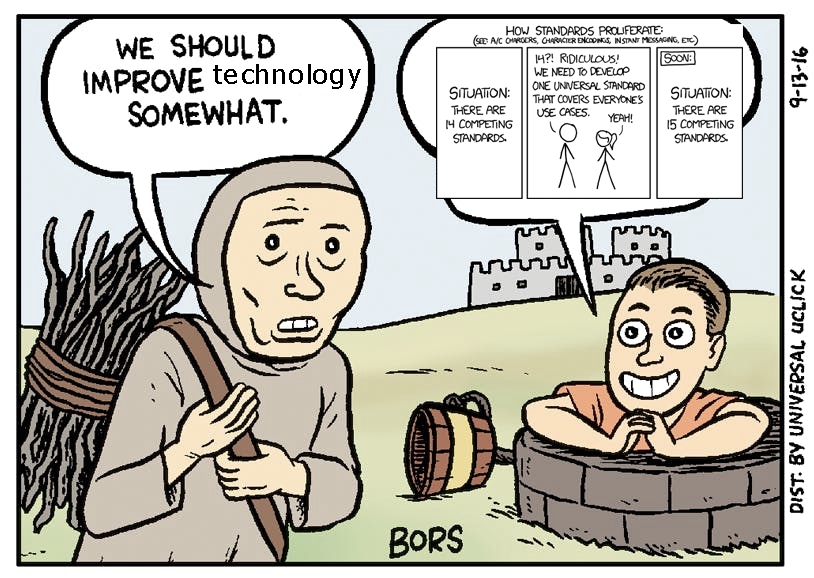Yeah, that's what this uses. But copy's x86 emulator on their site does not have any sort of networking, while anura seems to use some kind of http proxy to have the vm be fully networked.
You can even install packages and run graphical apps in anura. (Very, very, very slowly).

https://en.wikipedia.org/wiki/Organic_Maps
Unironically, wikipedia is pretty good for getting official links to projects/websites. It's not a guarantee, but it's a lot betted than just googling it,